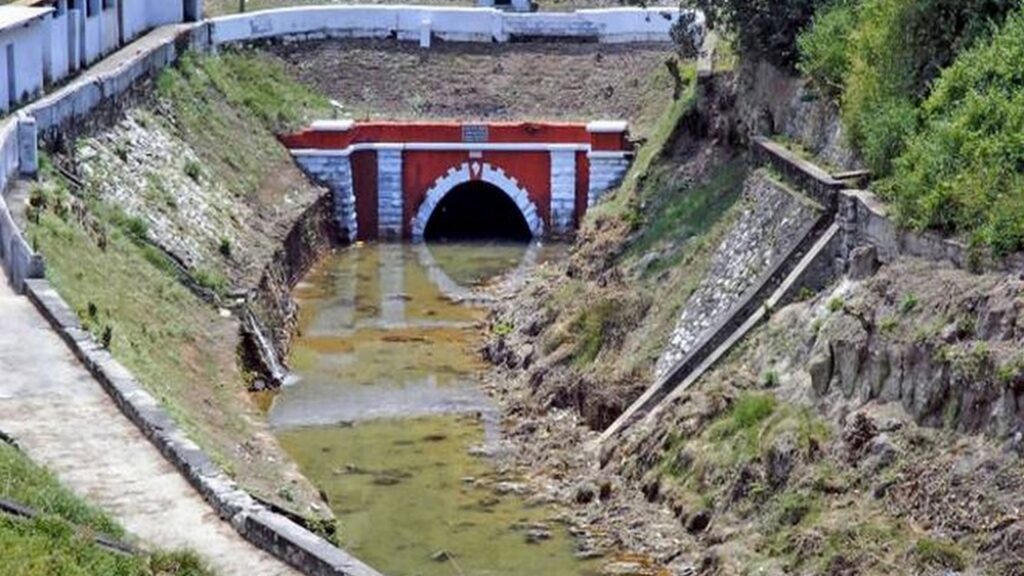BEACH, CLIFF AND BACKWATERS
Varkala beach, is one of the Top 10 beaches in India, rated 3rd place by Tourists, and one of the First 30 Tour Destinations in the Planet, rated 28th place among the 100 top ‘Best Value Index’ around the globe.

SHIVA GARDEN
Our Home Stay, Shiva Garden Home Stay, open since 2007, is located 5 min. walking distance from the main beach, called Papanasam Beach, located along the North Cliff. Varkala is quite a recent place to visit in India and has only been developed as a tourist destination since around 1985. Slowly “North Cliff” of Varkala Beach became developed for tourists. There is a promenade built by the Department of Tourism, which allows a scenic walk for about 1h30 heading North, passing Odayam beach, until the famous Kappil beach, were the backwaters meet the sea. Often in high season, during the morning time, you can see dolphins around the coast, specially in the more peaceful beaches like Black Beach, Odayam beach, until Kapphil Beach.
For the ones who enjoy sports, you can find Surfing, Stand Up Paddle (SUP), Para-pent, running, badminton, volleyball and football (on the beach).
PAPANASAM BEACH
Located in South India, Kerala (God’s Own Country), Varkala beach, is one of the Top 10 beaches in India, rated 3rd place by Tourists, and one of the First 30 Tour Destinations in the Planet, rated 28th place among the 100 top ‘Best Value Index’ around the globe. Papanasam beach which is renowned for the natural spring. It is considered to have medicinal and curative properties. A dip in the holy waters at this beach is believed to purge the body of impurities and the soul of all sins hence the name Papanasam beach. The beach is a haven for sun-bathing and swimming. The evening views of the sunset are worth lingering over.
Varkala is a touristic beach town in South India, located along the coast of the Arabian Sea, in the state of Kerala, 50 km north of Trivandrum, (the nearest airport), and is home of the popular Papanasam Beach.

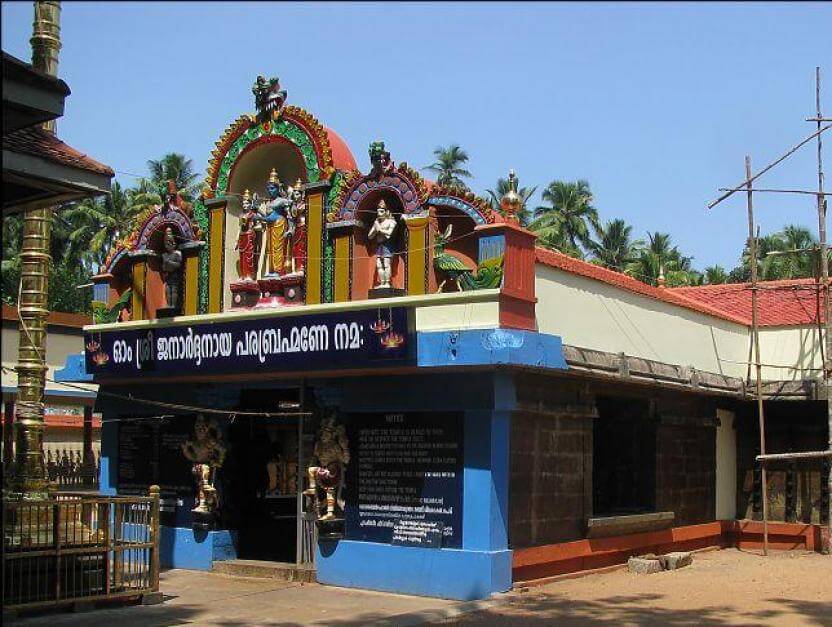
JANARDHANA SWAMY TEMPLE
Janardhana swamy temple is a 2000 year old temple situated in varkala. Janardhana swamy is a form of Lord Visnu. It is situated near the Arabian sea shore. The temple has an ancient bell removed from a shipwreck, donated by the captain of the Dutch vessel which sank near Varkala without causing any casualities.
VARKALA AQUARIUM
Varkala aquarium is South India’s no.1 aquarium. It is four storeyed spiral building, that are full of exotic species including piranha, sea snakes, scorpion fish and other creatures, both local and foreign, which live in fresh water and sea. A central pool is the main attraction of the aquarium.
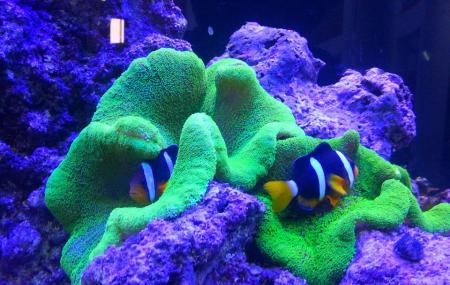
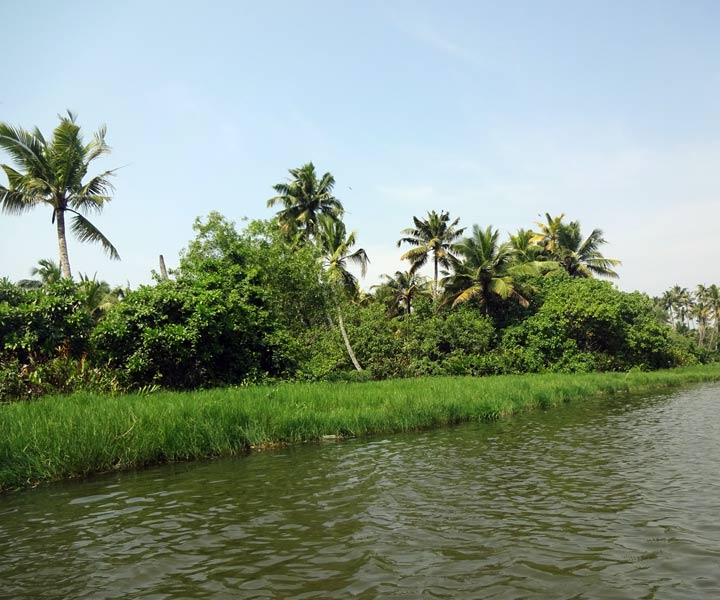
GOLDEN ISLAND
A delightful getaway surrounded by the Anjengo backwaters, this uninhabited isle is accessible by boat. Golden island, the name literally means Ponnumthuruthu. Legends say that the queens of Travancore Royal Family used to hide their cache of gold and ornaments on the island in order to keep it safe and hence it obtained the name, Ponnumthuruthu. A 100-year-old Shiva-Parvathi Temple, rebuilt a decade ago, is also situated here A view of the island from the ferry during evening will surely soothe any nature-lover’s mind. The greenery of the island will have a distinctive glow when the evening rays of the sun caress it. It will surely be a bird watcher’s delight to visit the island, thanks to the cormorants, egrets and herons seen in this area. Various water birds too can be seen here. The mainland on the other side of Ponnumthuruthu is a coir village. There is a small coir-making unit near the ferry. Travellers can visit the unit. It is delighting to view the boats carrying husks waving through the backwaters to reach the island.
ANJENGO FORT
At Anjengo, one can find the remnants of the old English Fort, which was targeted several times by other foreign powers, who were at that time fighting each other to get a firm footing in Kerala. The Fort is now under the protection of National Heritage Monuments. There is also a cemetery inside the fort, which most probably would be having the remains of the occupants of the fort, and the oldest among the burial sites dates to 1704.
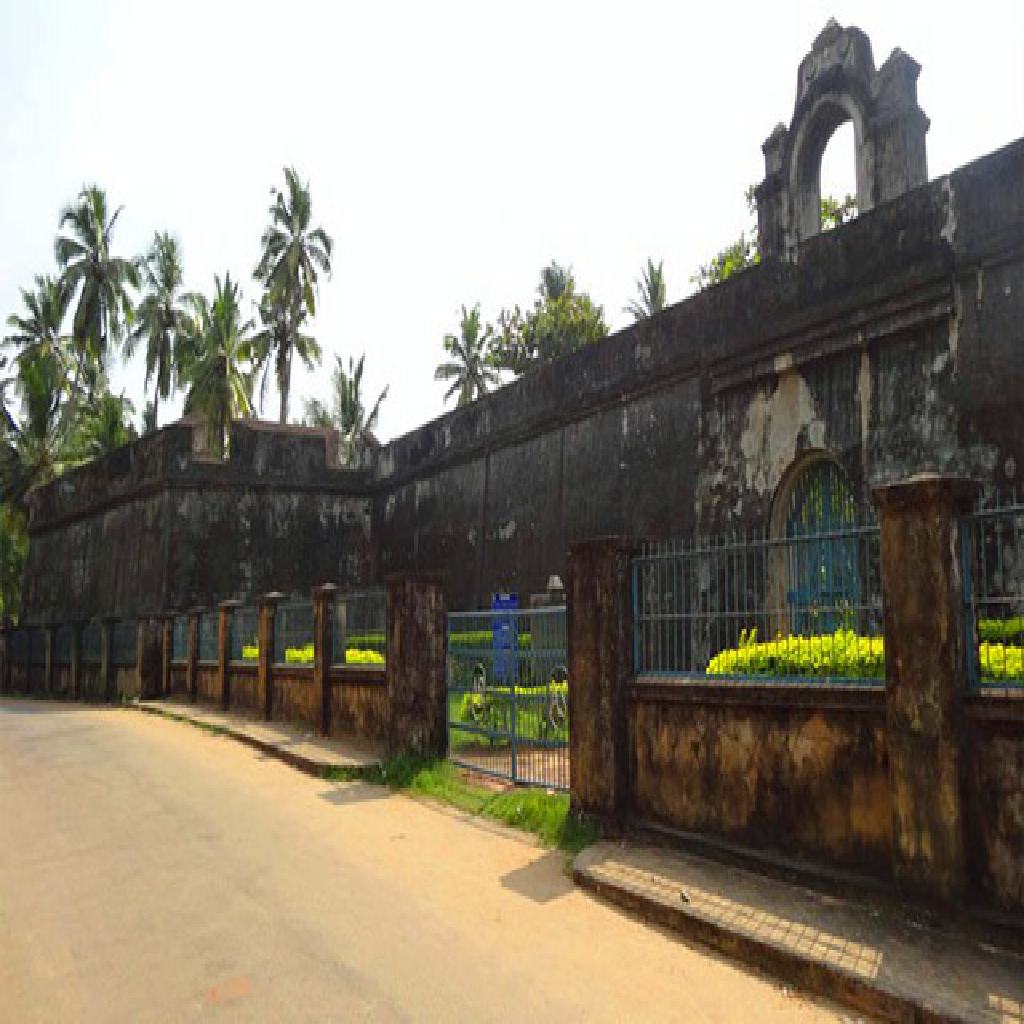
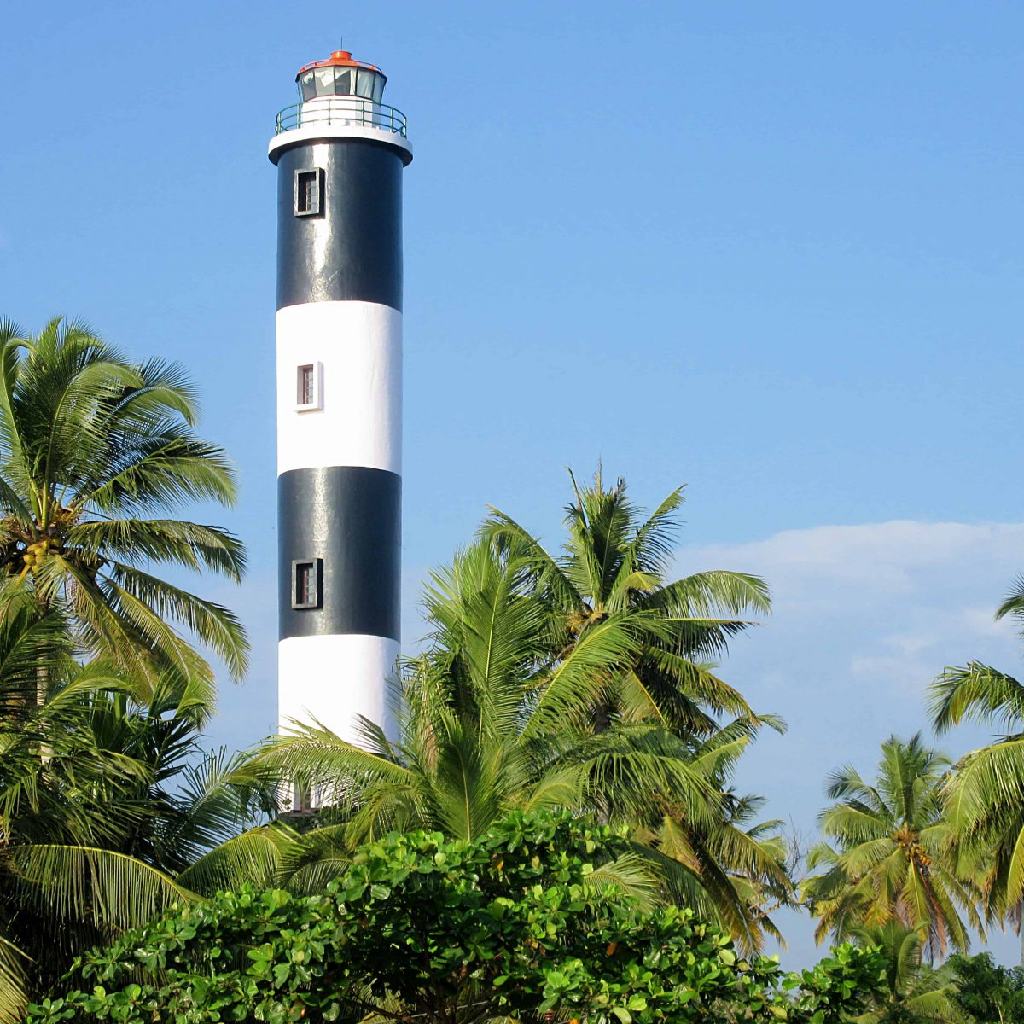
ANJENGO LIGHT HOUSE AND OTHER SIGHTS
Apart from the Anjengo fort, there are many important landmarks that throw light into the place’s tryst with European colonial powers in Anchuthengu. A 130-feet tall light house, which is believed to have guided the ships arriving from Britain, the ruins of one of the earliest factories set up by the British East India company, etc can be seen here as the monuments of a colonial past. Several ancient churches that has historical relevance and are built in adherence to the European architectural style. A lighthouse and a convent school which is more than 100 years old are the other attractions of the place. A nearby cemetery has tombstones evoking poignant memories of young Britons who had lost their lives trying to colonise this far off land. You can see tombstones dating back to 1704 here. There is a masonry canal built by the British at Anchuthengu and it connects the place to Kollam. They used it for transporting merchandise by boat. Though the canal still exists, it is in a state of disrepair.
KAPPIL BEACH
The road is splitting the water in two. In reality, they are waters of different natures. The west is the true blue Arabian Sea and the east is Edava Narayana Lake, which takes on a greenish tinge at times. The road runs as such for about one km. There is a beach side walkway from Varkala to Kappil.The true fun of Kappil is the backwater ride. There are not many boats. And there are not many people too.There is also the choice to take mini boats for a ride. Row and pedal boats are available for hire at the boat club.The local shrine, Kappil Bhagavathy temple, is a regionally famous temple. The shrine is attractive, but this is a place of worship and not a sightseeing location. Darshan (worship) inside is limited to Hindus.
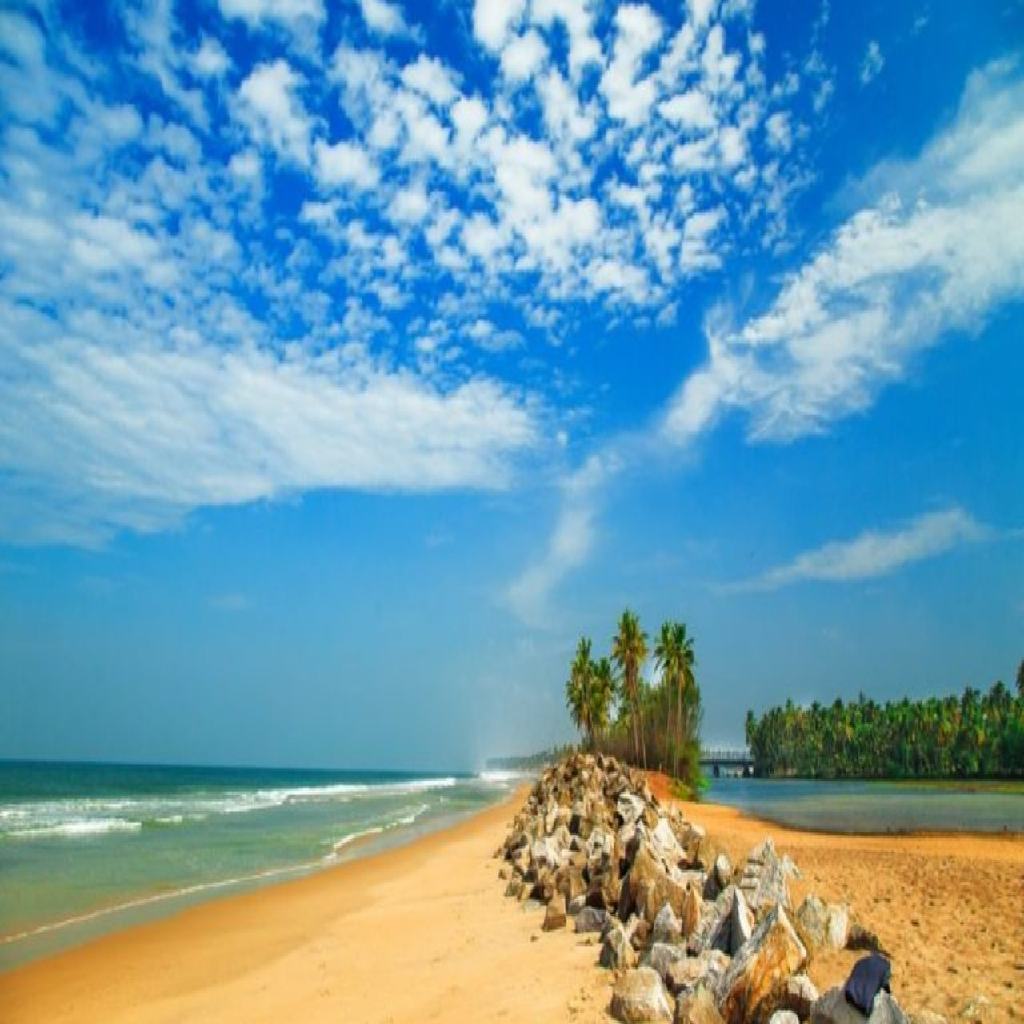
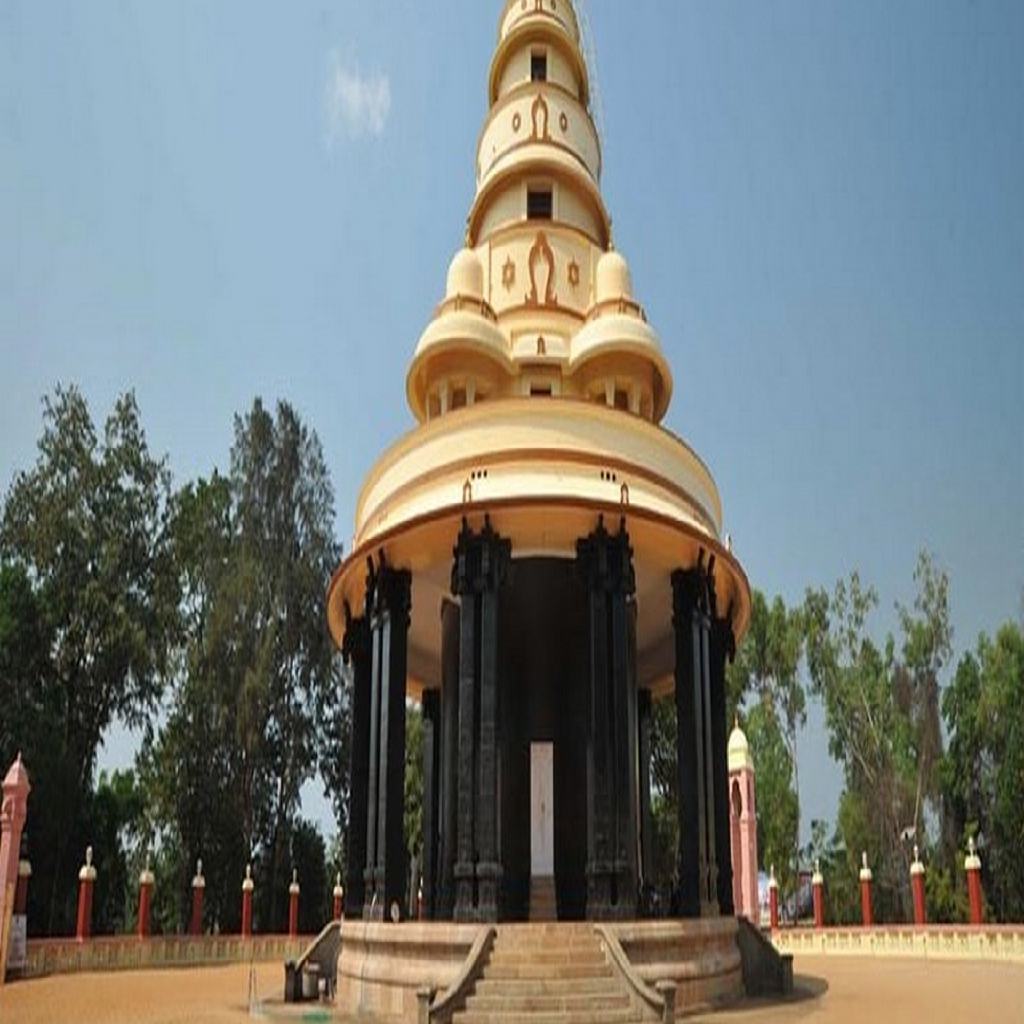
SIVAGIRI MUTT
With 200 acres of sanctified land, this is the final resting place of the most eminent leader, saint and social reformer of Kerala, Sree Narayana Guru. SNDP (Sree Narayana Dharma Paripalana Yogam), the organization he founded for the upliftment of backward classes, is headquartered here. The Mahasamadhi of the revered guru is located on top of a hillock. Further down is the guru’s residence, where his humble belongings are kept on display.
SIVAGIRI TUNNEL
Backwaters of Kerala supported a much efficient transport system during the earlier times. It was through the network of backwaters that the goods have been transported from the north to the south of Kerala. Varkala was the southernmost part of this canal system. The travellers had to get down at Varkala and then walk a short distance in order to resume the travel through the backwaters which led to Thiruvananthapuram. It was in order to overcome this difficulty, the British decided to construct a tunnel in Varkala in 19th century. The project took almost 14 years to complete. It began in 1867 under the supervision of Travancore Diwan Sir. T Mahadeva Rao and was completed only in 1880, at the time of Diwan Sheshaya Sasthri. The construction of tunnel was one of the major development works not only of Travancore but also of the entire Kerala during that period. It consists of two tunnels. The first was completed in 1877 while the second was completed in 1880. The first one has about 2370 ft while the second one has 1140 feet length. Once the construction work had been completed, the tunnel was extensively used for ferrying of several kinds of goods. It was a major achievement as with its construction, water transportation from Tirur (of Malabar) to Trivandrum became a reality. Varkala tunnel has been mentioned in one of the earlier Sandesha Kavya (messenger poem) in Malayalam, which is called Mayoora Sandesham. The poet Kerala Varma Valiya Koyi Thampuran talks about the town of Varkala as well as the tunnel built by the British there. With the advent of advanced transportation methods through road, rail and sky, the transportation through Varkala tunnel has almost become negligible.
